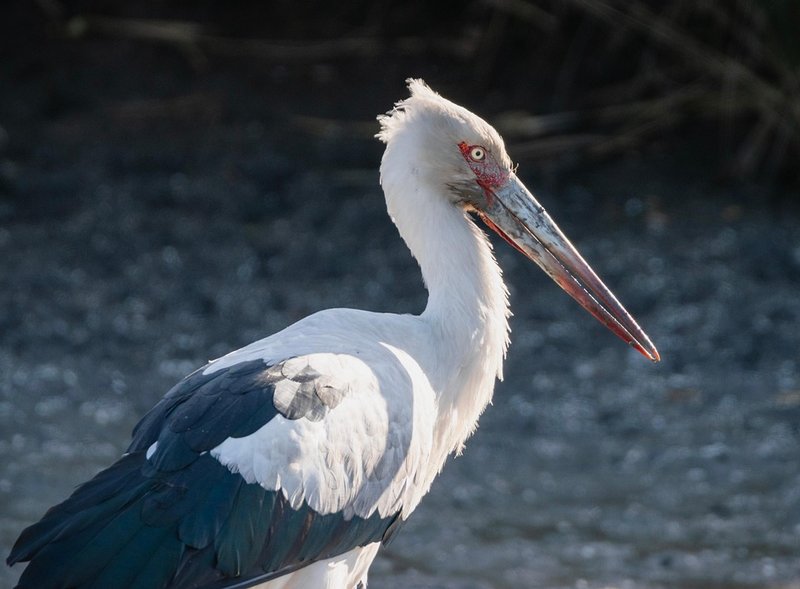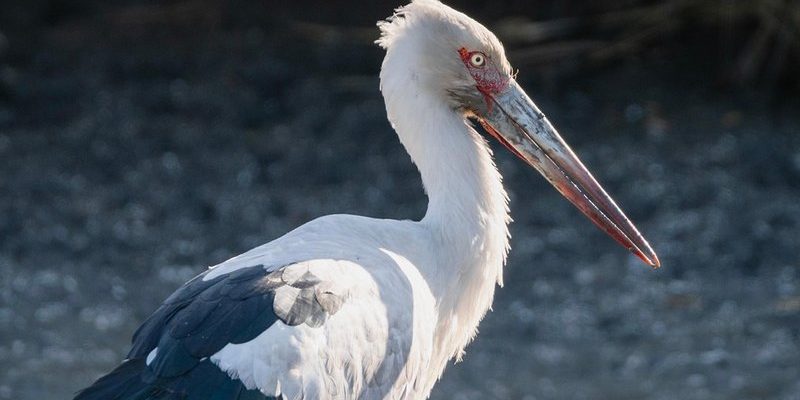
So, let’s take a leisurely stroll through the fascinating landscapes of stork-related lore. Explore how these birds are woven into the fabric of different societies—much like a thread in a colorful tapestry. From Europe to Africa, you’d be surprised at the diverse interpretations and meanings attributed to them.
Storks in European Folklore
In Europe, especially in countries like Germany and the Netherlands, storks are often associated with childbirth. The tale goes that they deliver babies, landing quietly on rooftops to leave gifts of newborns. This charming narrative has its roots in ancient beliefs. Many thought storks brought luck, particularly during springtime when they returned after winter. The sight of a stork nesting on a chimney was considered a good omen for families hoping to have children.
Here’s a little background: storks are migratory birds. They travel thousands of miles from Africa to Europe each year, and their return is celebrated in many cultures as a sign of rebirth and renewal. The timing coincides beautifully with the arrival of new life in spring. It’s not just a coincidence; it’s a delightful connection that families cherish.
You might wonder why storks became the chosen deliverers of babies. Theories suggest that their gentle nature and nurturing behavior made them ideal candidates in the eyes of our ancestors. Observing storks caring for their young, folklore evolved to depict them as loving, protective figures within the family structure.
The Stork in German Traditions
In Germany, the stork has a special place in local customs. Children learn early on about the stork’s role as a baby-bringer through stories and folk songs. Parents often use this enchanting narrative to explain where babies come from. It’s a tender way to introduce the concept of family and new life.
The Germans even celebrate the arrival of storks in spring. Festivals filled with songs and dances mark their return, signaling the end of winter and the start of a new cycle of life. This festive atmosphere brings communities together, reinforcing the values of family, love, and hope.
Storks in African Mythology
Now, let’s fly over to Africa, where storks play a different, yet equally fascinating role in local folklore. In various African cultures, these birds symbolize wisdom and longevity. Stories often depict storks as esteemed figures who carry messages from the gods or ancestors. Their presence is considered a blessing, often associated with peace and prosperity.
For instance, among the Yoruba people of Nigeria, the stork is revered as a sacred bird. It’s believed that they have the power to bless communities with prosperity when they nest nearby. This connection highlights how animals, like storks, are woven into the spiritual and cultural practices of societies.
Additionally, storks are sometimes seen as messengers in these traditions, carrying important news between the living and the spirit world. Their majestic flight and keen intelligence lend themselves to this role, as they soar high above the earth, observing everything below.
Cultural Symbolism of Storks in Africa
Storks also play a significant role in storytelling across Africa. Many folktales feature them as wise characters that guide people through challenges. The moral lessons embedded in these tales often emphasize values like compassion, respect, and the importance of family connections.
Interestingly, the image of the stork in African cultures can also extend to community gatherings. When storks are spotted, it often signals the time for communal celebrations and storytelling sessions, where elders pass down wisdom from generation to generation. It’s a beautiful reminder of how these birds can unite communities through shared narratives.
Storks in Asian Cultures
In Asia, particularly in countries like Japan and China, storks hold a symbolic significance tied to longevity and good fortune. Traditional Chinese folklore often features the stork as a symbol of health and happiness. Like the European tales, they are also associated with childbirth, and many believe that their presence can bless a family with children.
In Japan, storks are considered auspicious and are often depicted in art and crafts. The image of a stork is commonly used to convey wishes for good health and prosperity, especially during celebrations like newborns’ first birthdays. The act of gifting stork-related items reflects a deep-rooted belief in the bird’s protective qualities.
The connection to storks doesn’t stop with just wishes for health or happiness. In Japan, there are various rituals involving paper cranes, which symbolize peace and hope. The stork’s image in these practices brings a sense of continuity and connection to the past.
Storks in Japanese Art and Celebrations
Storks are frequently featured in traditional Japanese art, where they symbolize not only good fortune but also endurance. You might come across beautiful prints or paintings of storks flying with cherry blossoms—an iconic image that illustrates the beauty of life and renewal.
During celebrations, such as the Shichi-Go-San, which honors children aged three, five, and seven, stork motifs are common. Families often dress their children in traditional kimonos adorned with stork designs to invoke blessings of health and long life.
Modern Interpretations of Stork Folklore
As cultures evolve, so do the stories and roles of storks. Today, many people still enjoy the whimsical idea of storks delivering babies, even if we know that’s not how it works! This playful concept persists in popular culture, influencing everything from cartoons to nursery decorations.
Modern interpretations often aim to blend tradition with a contemporary twist. For instance, you might see stork lawn signs announcing a baby’s arrival, which connects old folklore with present-day celebrations. It’s a fun way to honor those age-old stories while bringing a smile to the faces of family and friends.
It’s interesting to see how storks have adapted to new mediums, like social media, where families share their excitement about new arrivals through playful hashtags and images featuring storks. This evolution keeps the folklore alive and relevant, engaging new generations in the magic surrounding these graceful birds.
The Storks’ Role in Environmental Awareness
Beyond folklore, storks have recently taken on new significance in conversations about environmental awareness. As migratory birds, their habitats and migration patterns are indicative of environmental changes. Many organizations now use storks as symbols to highlight the importance of conserving natural habitats.
People are becoming more aware of how human activities impact these majestic creatures. Campaigns aimed at preserving wetlands and preventing habitat destruction often feature storks as charismatic ambassadors for the environment. By connecting folklore with conservation efforts, communities encourage a deeper appreciation of nature and the creatures we share it with.
Isn’t it amazing how a single bird can hold so much meaning across different cultures? The stork is more than just a pretty sight in the sky; it’s a powerful symbol of family, renewal, and connection to nature. From delivering babies in European tales to representing wisdom in African folklore, storks remind us of the values that bind us together.
As we explore these stories, we’re not just learning about birds; we’re learning about ourselves and the cultures we belong to. The role of the stork continues to inspire and enchant, making it a timeless figure in folklore that connects generations. So next time you spot a stork, remember: it’s not just a bird; it’s a messenger of hope and a reminder of the beauty of life.

